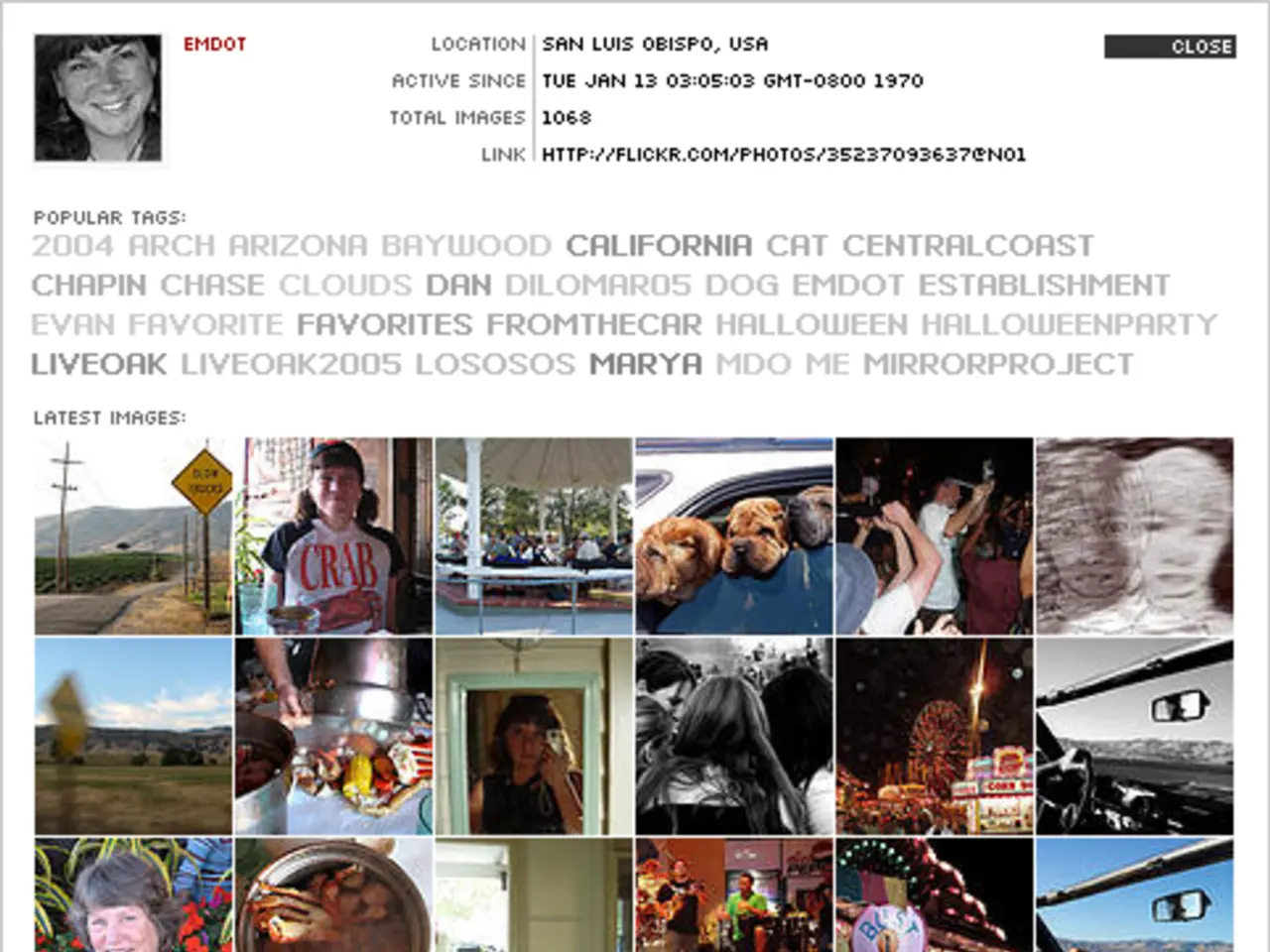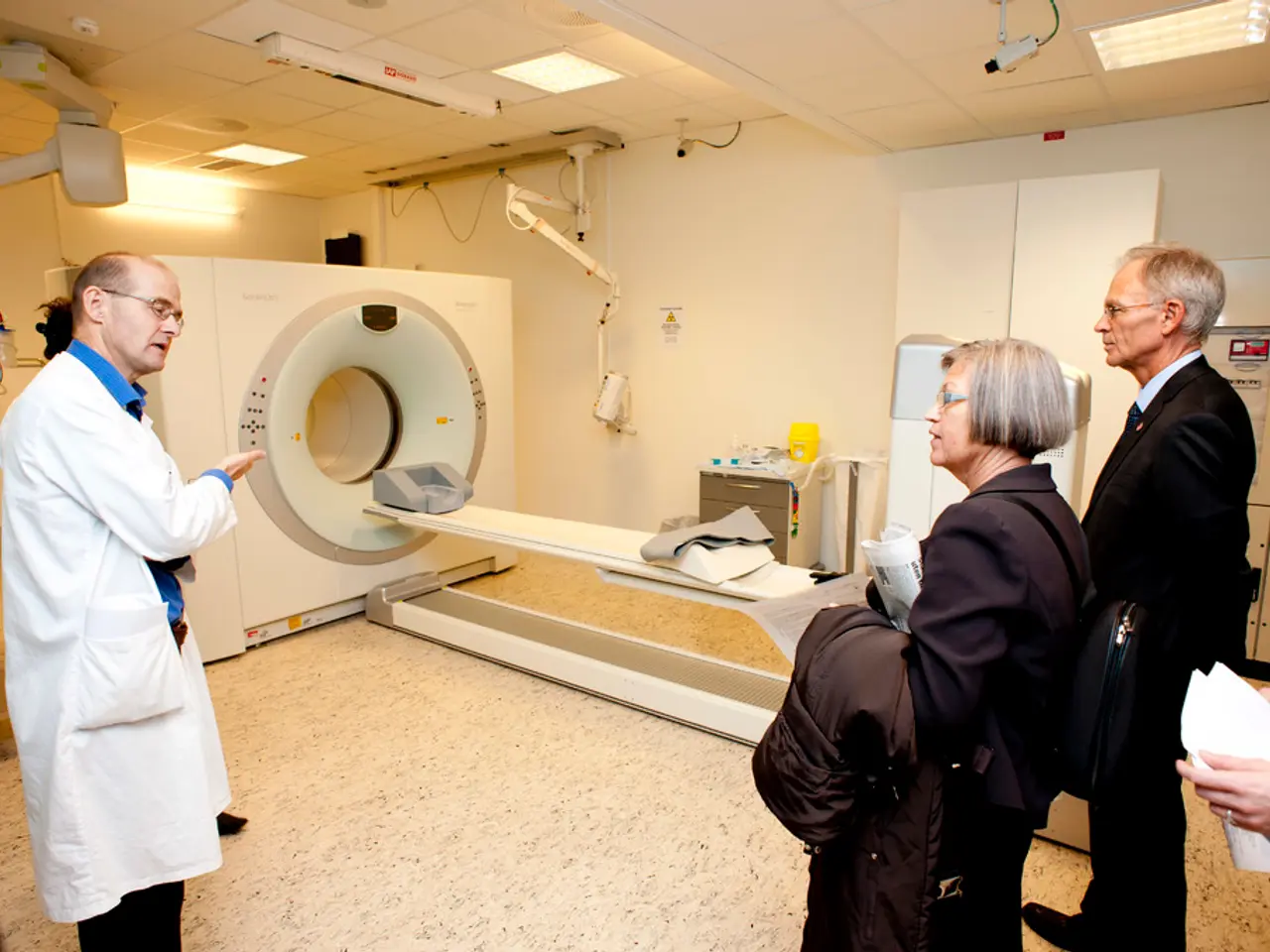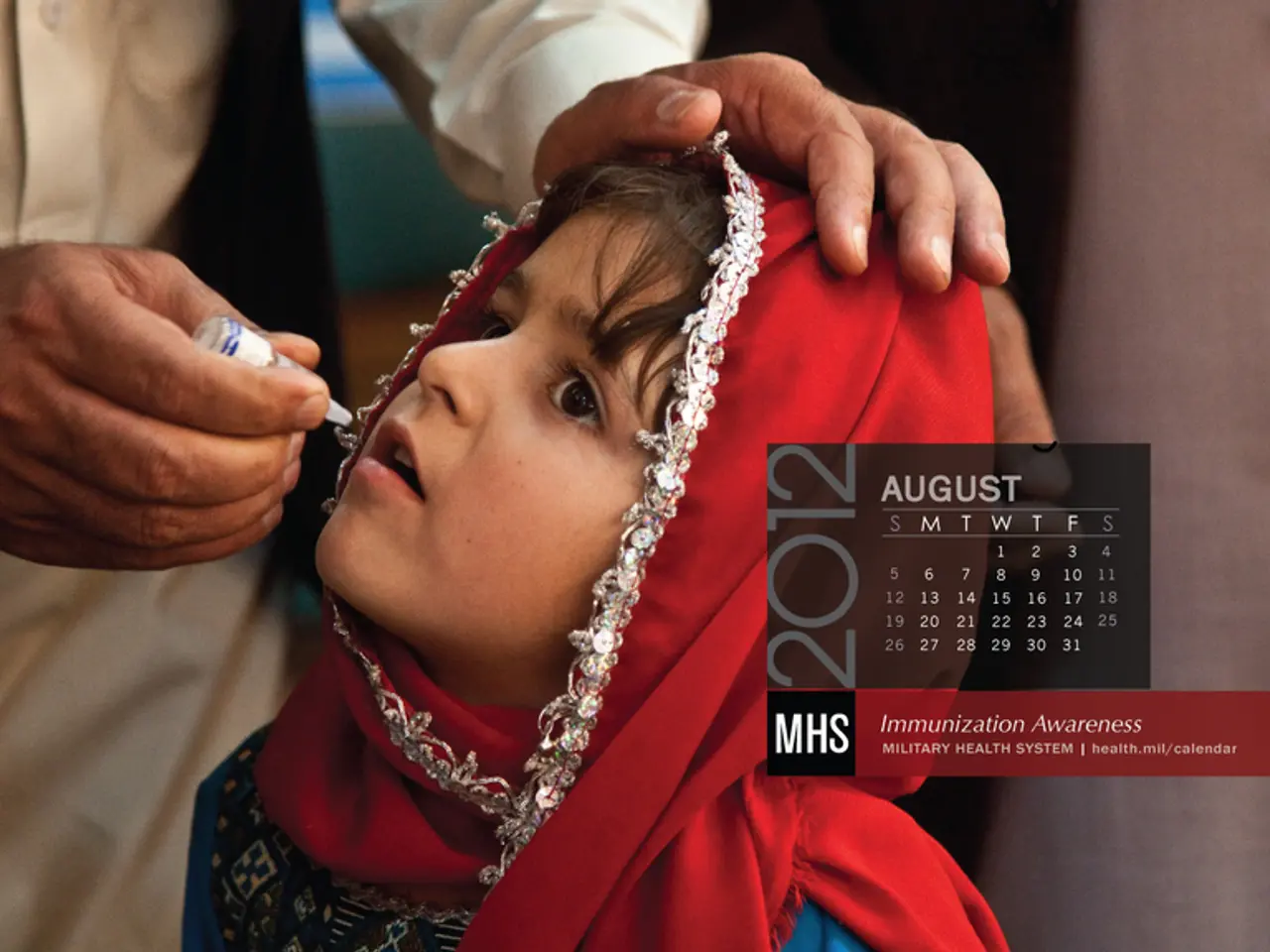Distance Care for Rural Patients Enhanced by Technological Advancements
Rural healthcare in the United States has seen a significant transformation thanks to the implementation of telemedicine and remote patient monitoring technologies. These innovations have helped overcome geographic barriers, reduce travel needs, and enable timely specialist consultations, thereby improving access to care, lowering costs, and increasing patient satisfaction.
One example of this transformation can be seen at the University of Mississippi Medical Center (UMMC), which has been using telemedicine for 15 years in its rural care strategy. UMMC's program now extends to adult and pediatric diabetes, heart failure, chronic obstructive pulmonary disease, hypertension, adult and pediatric asthma, and high-risk pregnancies. A yearlong study in the Mississippi Delta determined the effectiveness of using digital tools to educate diabetics about managing their disease, resulting in zero hospitalizations and ER visits related to diabetes for the first six months.
Similarly, St. Luke's Health System, based in Boise, Idaho, has been leveraging telemedicine to address the challenge of providing consistent care to rural patients. St. Luke's telemedicine system, which includes monitors, webcams, headsets, electronic health records, and a stand-alone Vidyo virtual video infrastructure, has been designed with redundant processes, scalable, and standardized for growth. The system has been instrumental in the management of diabetes, hypertension, coronary artery disease, congestive heart failure, and COPD.
MainStreet Family Urgent Care, based in rural Alabama, has been utilizing telemedicine tools for urgent care since fall 2017 and added primary care services last summer. The organization has developed a browser-based telemedicine platform, enabling rural patients to consult doctors and specialists via video calls or asynchronous communication, eliminating the need for long travel distances and frequent costly trips to urban centers.
St. Luke's Health System lacked an efficient way to provide consistent care to rural patients. To address this, they have opened a new 35,000-square-foot virtual care center to centralize medical teams for around-the-clock care. Clinicians in St. Luke's virtual care center utilize 49-inch curved Samsung monitors for telemedicine consultations.
Telemedicine exams have added 30 appointments to the nephrologist's monthly schedule, replacing the need for the physician to drive two hours to meet with rural patients for a day. This not only improves access to specialists but also reduces travel costs significantly.
In addition to improving access to specialists and routine care, telemedicine and remote patient monitoring also offer offline and mobile-first solutions catered to rural tech limitations, support from community health workers (CHWs), smart automation and clinical decision support, cost savings and reduced travel, improved treatment adherence and confidentiality, enhanced emergency and mental health care, and more.
For those looking to launch a successful telemedicine program, UMMC Center for Telehealth Director Michael Adcock offers advice, including focusing on problems to solve, developing the clinical solution first, finding providers interested in telehealth, learning connectivity, licensure, insurance, and regulatory requirements, and talking to a comparable hospital or clinic with a successful telemedicine program.
Overall, telemedicine and remote patient monitoring bridge the rural healthcare gap, offering equitable, sustainable, and culturally appropriate care to underserved populations with notable improvements in patient outcomes and healthcare system efficiency.
- Technology in the form of telemedicine and remote patient monitoring systems has been instrumental in the field of health and wellness, particularly in managing medical conditions like diabetes, hypertension, heart failure, and COPD, especially in rural areas where access to specialists can be challenging.
- The implementation of science-based telemedicine solutions, such as digital tools for patient education and telemedicine platforms for remote consultations, has led to significant cost savings, increased patient satisfaction, and improved health outcomes in rural communities, thus contributing to advancements in the medical field and overall health care system efficiency.




